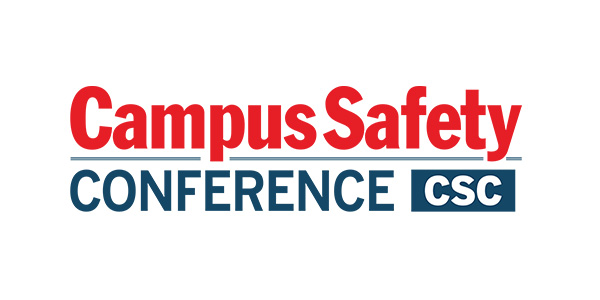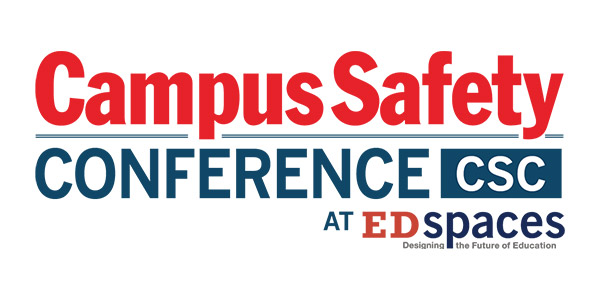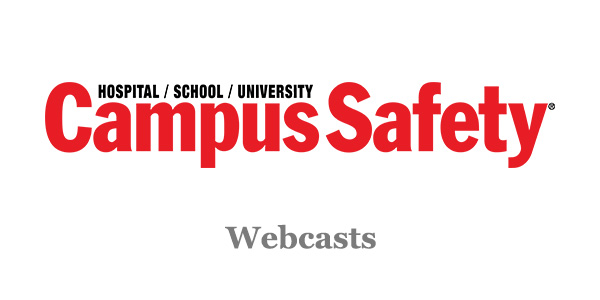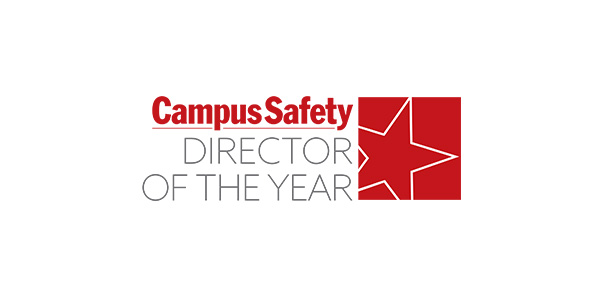Lesson 1: Collaboration Allows for a Smoother Process
Working with all
parties involved is crucial to the development, implementation and rollout of a technology-driven solution – especially one that is not necessarily the priority of every staff member. This includes all members of the safety and facilities team, the health system executive leadership team and the vendor.
Additionally, healthcare organizations considering introducing a technology-driven solution should identify the difference between technologies designed for general industry and those specifically beneficial to healthcare emergency preparedness, response and recovery. This will ensure your hospital is working with a company that specializes in healthcare-specific technologies.
Lesson 2: Be Patient
There may be times when progress seems slow or shows little movement forward due to unexpected delays, testing and more. It’s important to be patient and spend the downtime wisely, not in a way that may be overzealous.
In the case of Aultman, while going through the app approval process, which turned out to be fairly lengthy, we took advantage of the opportunity to build excitement around the project and engage staff in it, while ensuring staff rosters were up-to-date and revising polices and refining the verbiage and appearance of the app to make it even more customized.
It is important to maintain forward progress as it applies to the project, but don’t move ahead before completing all necessary components of a current milestone. This will only slow implementation and lessen the impact of the initiative.
Lesson 3: Education and Communication Go Hand-in-Hand
Anytime a new project, program or initiative launches, detailed education through effective communication is necessary for successful adoption. A good model to follow is: 1) tell them what you are going to tell them, 2) actually tell them, and 3) tell them what you told them. Technology can intimidate staff, and education can help overcome this hurdle.
Education also opens doors to staff asking questions or offering concerns and feedback. For our organization, trainingproved extremely important when navigating the shift in how staff members respond to disasters. It also ensured staff and physicians were aware of the application and understoodthat it was available to them, how to access it and its benefits.
It’s important to target your training efforts to identified groups, beginning first with those who will use the technology on a daily basis. With our disaster management team, extensive education vastly improved their comfort level with the technology. Avoid making assumptions about what staff do or do not know. Just because they own smartphones doesn’t mean they know how to download apps. It is wise to always offer extra one-on-one support – it can make or break a project.







